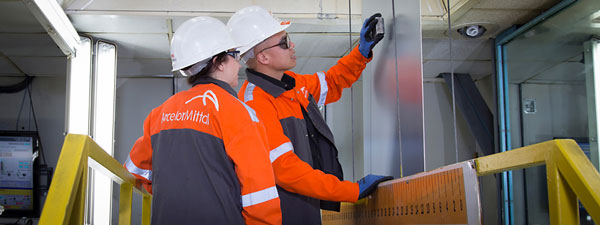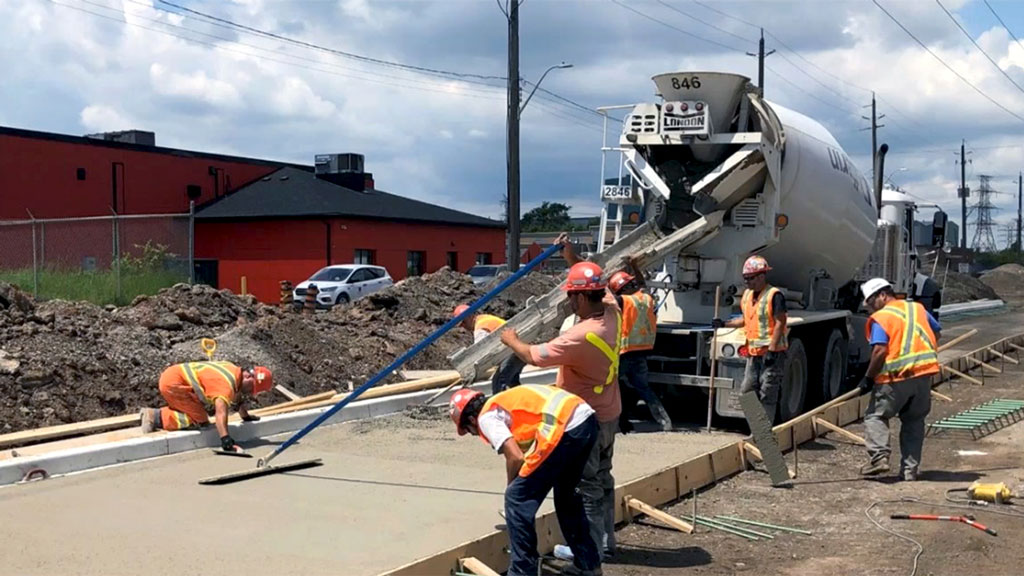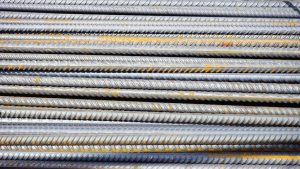A recent Canadian study commissioned by a steel manufacturer that compared the performance, life cycle efficiency and costs associated with using steel, concrete and timber to build mid-rise buildings concluded that steel design outperformed concrete and timber in the majority of the testing categories.
The study was commissioned by Steligence, a division of steel manufacturer ArcelorMittal Dofasco.
Asked about the report, representatives of the Cement Association of Canada (CAC) and the Canadian Wood Council pointed to research of their own or outlined benefits of their respective products not reflected in the Steligence study.
The steel report was conducted by mcCallumSather, WSP, Seguin Engineering, Altus Group and MPA Consulting.
Willems Ransom, senior designer with mcCallumSather, suggested that the research supported the use of steel in some mid-rise buildings, a category where it is sometimes overlooked.
“I don’t think it is an open and shut case,” said Ransom. “It is important to dig into the data and understand that in certain specific applications, steel outperforms the other two structural materials, though not in all applications.
“I think it is particularly interesting to look at it in the context of mid-rise residential. Steel has not necessarily been the first choice predominantly in that market. It certainly is a viable solution. Is it ‘the’ solution? It depends on the market.”
The study involved designing one six-storey, mixed use building and assessing performance under the three building options, Ransom said. The building, set in the Greater Toronto Area, was as typical as possible, with a design based on conditions most often found in urban environments.

“The design doesn’t lend itself to one system or another,” he said. “It’s more about promoting an understanding of the material and the options available.”
The study included a full life cycle analysis covering raw material production, manufacturing, transportation, installation, maintenance and end-of-life for a 60-year lifespan. The analysis evaluated global warming, acidification, eutrophication, ozone depletion, smog formation and primary energy. The study determined steel design outperformed concrete and timber in most of these categories.
Regarding scheduling, the study found that at 153 construction days total, the steel design was the fastest, beating concrete by 20 days and wood by eight.
As for costs, the steel design was estimated at $16 million. The concrete estimate was two per cent higher and mass timber came in 19 per cent higher.
“We need more of these studies,” said Ransom, calling the results a “surprise” and noting that there is especially a dearth of research on wood.
“We need to conduct research in a responsible manner to help inform the industry where steel and wood and concrete and other materials have their advantages so they can best serve their clients and the environment.
“The advantages between steel and concrete — they both have their place.”
Adam Auer, vice-president of environment and sustainability at the CAC, said in a statement his association had not reviewed the study and therefore is not able to offer a comment on it.
But he pointed to research funded by the CAC with the International Institute for Sustainable Development that found the carbon footprint of wood in particular has been significantly underreported.
When full life cycle emissions are considered, concrete’s embodied carbon footprint could be up to six per cent less intense than that of wood products.
“Concrete can be the greener choice among all building materials when measured over a complete life cycle,” stated Auer. “The bottom line is that all materials have a role to play in creating more sustainable communities and we need to rely on science to ensure our plans to cut carbon deliver those results.”
Natalie Tarini of the Canadian Wood Council similarly said it could not comment on specifics of the Steligence report in part because information about the assumptions made on costing are not specified, along with the fact that light wood frame mid-rise construction was not a consideration.
“Traditional wood frame construction techniques and project delivery methods have been modified or adapted to achieve greater efficiency, economy and performance,” stated Tarini. “Mid-rise buildings made of wood offer a new construction option for builders.
“In the end, when occupied, mid-rise wood construction buildings are cost-effective and fully meet the same requirements of the Building Code as any other type of construction from the perspective of health, safety and accessibility.”
Follow the author on @DonWall_DCN.











Recent Comments